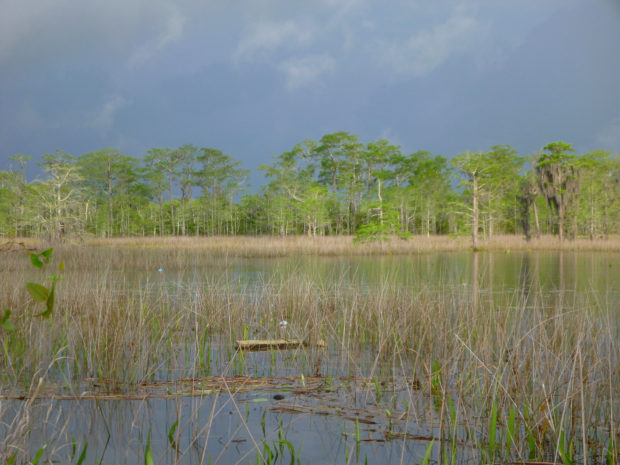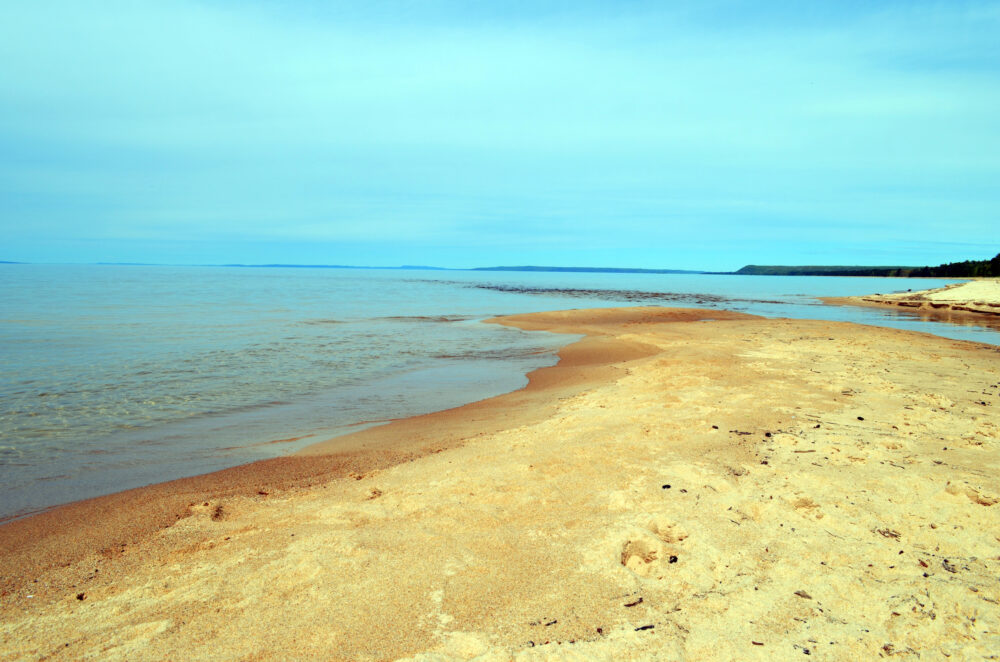We have much more to do and your continued support is needed now more than ever.
A $100M Step Toward Restoring the Gulf
The National Fish & Wildlife Foundation (NFWF) announced a second round of Gulf restoration projects, totaling $99.2 million. A total of 25 projects across the Gulf will seek to restore and increase the resilience of the Gulf’s natural resources. Over the next four years, NFWF will allocate more than $2 billion in additional funds, bringing the total to $2.5 billion to projects benefiting habitats of the Gulf Coast that were impacted by the spill.
“In order to succeed, NFWF must bring together state resource agencies, federal agencies, and other public and private partners, all working in harmony to fund the best projects that will do the most good for the Gulf of Mexico and the communities that depend on it each and every day”, said Jeff Trandahl, executive director and CEO of NFWF. “The projects we announce today demonstrate the value of our efforts to work in a collaborative fashion to select projects that will provide significant benefits to wildlife and people for many years to come.”

Estuaries – Special Places for Wildlife
The projects announced this week recognize the importance of restoring estuaries—the places where fresh water from river water mixes with the saltier waters of the Gulf. Estuaries are where almost all of the fish and shellfish we harvest for sport or seafood from the Gulf are born, live or mature, but the Gulf’s estuaries have been dramatically altered over the past hundred years. Restoring the Gulf’s estuaries will benefit wildlife and will boost important elements of the local economy – in particular the fishing and tourism industries.
“We want to see projects that will have the biggest impact on fish and wildlife,” said David Muth, director of the National’s Wildlife Federation’s efforts in the Gulf of Mexico, “because that is the way to insure a healthy future for gulf ecosystems and the communities that depend upon them. Projects that benefit water quality and restore estuarine habitat on the local scale have benefits that resonate gulf-wide. The projects announced this week set the bar high for the other sources of post-oil spill restoration funding.”
An Unprecedented Opportunity
The NFWF funds are only one funding stream for restoration to come out of the BP oil disaster – the Natural Resource Damage Assessment and the RESTORE Act should send additional billions to the Gulf Coast. NWF is working in each state and across the Gulf to ensure that these funds are used to restore important habitats for fish and wildlife while improving quality of life for people who live and recreate near the Gulf Coast.
Projects in this round of NFWF funding do just that. For example, efforts to use science to restore Louisiana’s disappearing wetlands and rebuild its barrier islands, thoughtful planning to restore habitats on the Alabama coast, and a project to restore marshes on the Mississippi coast will all help to lay a framework to ensure the comprehensive restoration of the Gulf of Mexico.
The National Wildlife Federation is focusing on projects that will do the following: protect and restore wetlands and marshes; restore oyster reefs and sea grass beds; restore natural river flows into estuaries and deltas; stabilize and rebuild barrier islands; and promote best management practices for silviculture and agriculture.
Projects like these will help maximize the economic recovery of the Gulf States and in many cases will provide storm protection for coastal communities.
Speak up for Gulf Restoration
![]() Make sure that every penny of the BP’s fines are spent restoring Gulf habitats.
Make sure that every penny of the BP’s fines are spent restoring Gulf habitats.






















